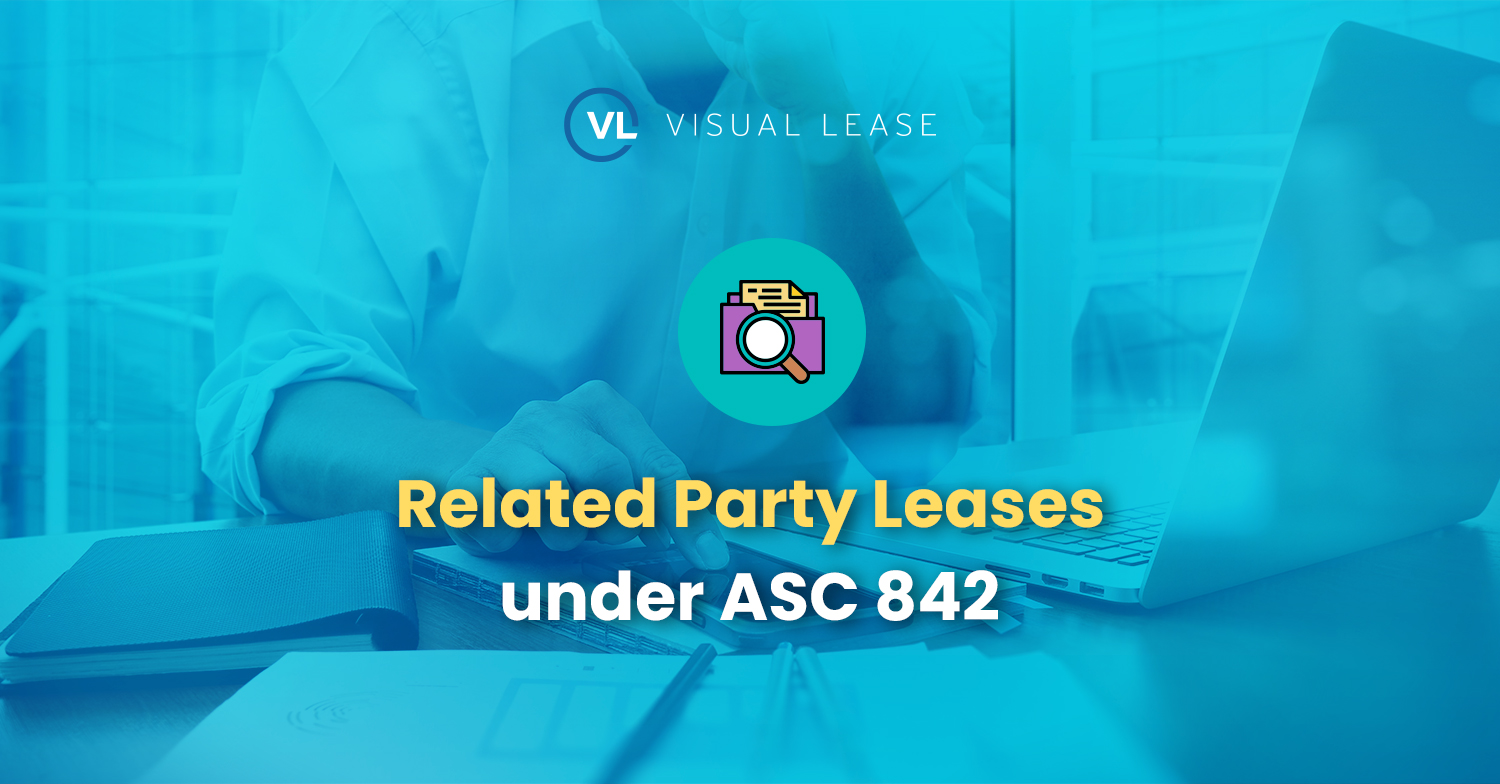
Recently, the Financial Accounting Standards Board (FASB) introduced new rules and clarifications regarding the treatment of related party leases under ASC 842. Although these rules apply to all related party leases, their impact is most significant for private business entities. This blog post aims to provide an overview of these developments and highlight the key considerations for companies navigating related party leases under ASC 842.
Related Party Leases: Key Considerations
- Putting Agreements in Writing: FASB has introduced a crucial change requiring companies to document related party leases explicitly. Previously, private businesses often treated these leases informally to cut costs. The original rule required examining legally enforceable terms, leading to expensive attorney opinion letters. FASB’s amendment allows companies to account for related party leases based on the terms written in a simple agreement, simplifying compliance.
- Accounting for Leasehold Improvements: Under ASC 842, related party leases involving leasehold improvements face important considerations. Previously, if the improvements had a longer lifespan than the lease term, it could result in accelerated write-offs and unusual expenses. The current standard allows companies to amortize leasehold improvements over their useful life. If the related party lease ends before the improvements’ useful life, adjusting entries are made to align the books properly. This prevents excessive burden on the subleasing company’s financial statements.
3 Considerations for Related Party Leases Under ASC 842
When considering related party leases under ASC 842, here are the top three things to keep in mind:
- Document the Agreement: Regardless of the complexity or length, it is essential to put related party lease agreements in writing. This documentation should cover the majority of the terms agreed upon by the related parties. By formalizing the lease agreement, companies can ensure compliance with the accounting standards and avoid unnecessary complications.
- Accounting for Leasehold Improvements: If the related party lease involves leasehold improvements with a longer lifespan than the lease term, companies should amortize the costs of these improvements over their useful life. This approach prevents accelerated write-offs and unusual expense patterns. In case the lease terminates before the completion of the improvements’ useful life, adjusting entries should be made to align the books accordingly.
- Seek Professional Guidance: Given the complexity of accounting standards and the potential impact on financial statements, it is advisable to consult with accounting professionals or experts familiar with ASC 842. They can provide valuable insights and guidance tailored to the specific circumstances of related party leases.
Implications of Related Party Leases for Private Businesses
The recent developments introduced by FASB regarding related party leases under ASC 842 have significant implications, particularly for private business entities. By ensuring that related party leases are properly documented and by accounting for leasehold improvements in line with the rules, companies can comply with the standards while maintaining accurate and transparent financial reporting. Seeking professional guidance is crucial to navigating these accounting complexities effectively. By staying informed and adhering to the updated rules, businesses can mitigate risks and make sound financial decisions in the context of related party leases.
If your organization is struggling with sustainable ASC 842 compliance, you’re not alone. Join the thousands of companies that have switched to Visual Lease to confidently maintain compliance.























